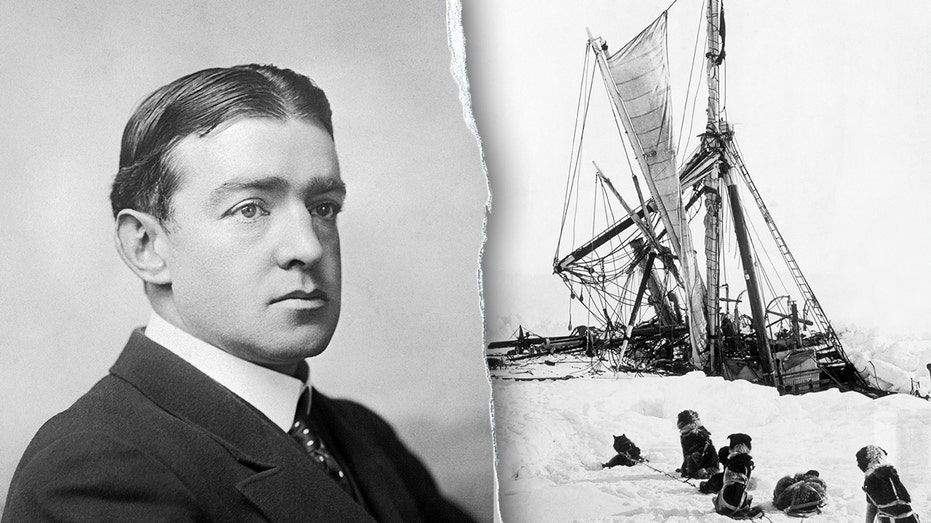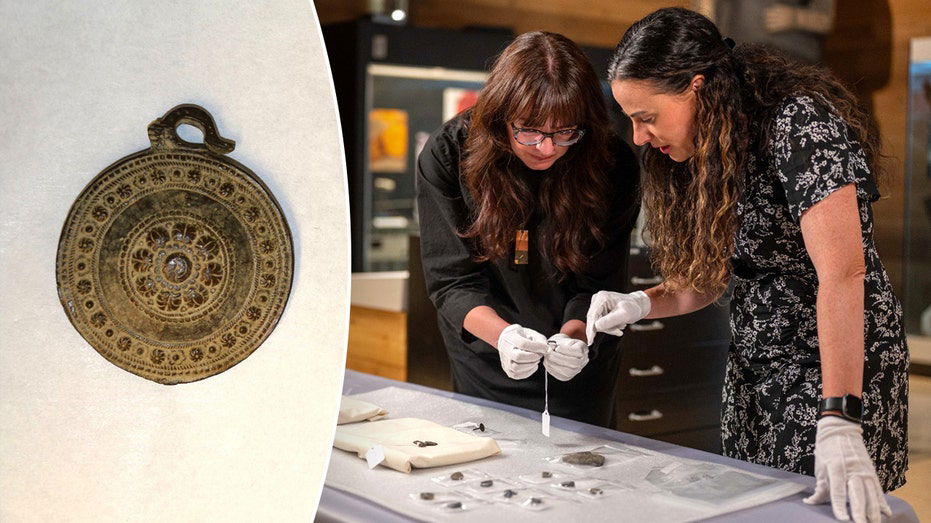- by foxnews
- 10 Oct 2025
Mystery solved? Researcher challenges long-held theory of what sank Shackleton's Endurance in Antarctic ice
A Finnish professor's recent research shows Sir Ernest Shackleton's legendary ship Endurance was poorly designed for Antarctic conditions, despite its indestructible reputation.

A researcher believes he's cracked the mystery behind the sinking of Sir Ernest Shackleton's legendary ship Endurance.
Locked in sea ice for the next ten months, Endurance drifted slowly across the Weddell Sea until it sank on Nov. 21, 1915.
In an Oct. 6 article in the journal Polar Record, Aalto University professor Jukka Tuhkuri argues that the culprit of the sinking lay not in the pressure of the ice, but in the ship's structural weaknesses.
At the time, Endurance was regarded as nearly indestructible, but Tuhkuri's research suggests its reputation was unwarranted.
The Finnish researcher argues the ship's loss stemmed from deeper engineering flaws, not just damage to its rudder. The vessel was built for Arctic, but not quite Antarctic, conditions.
"While the final reason was tearing off the keel, Endurance sank because the vessel was simply crushed in compression by ice," wrote Tuhkuri.
"This is not surprising, Endurance was not designed for compressive conditions in the Antarctic pack ice, but for easier conditions at the ice edge in the Arctic."
The polar engineering expert consulted letters from Shackleton and expedition diaries during his research, as well as conducting a structural analysis of the ship itself.
Its engine room lacked cross-beams to distribute compressive forces, and the hull had limited diagonal bracing, which left it vulnerable to side-to-side crushing by ice.
"The weakest part of its hull was the engine room area, which was not only larger than in other early Antarctic ships but also lacked beams to give strength against compression by ice," the article details.
Mensun Bound, director of exploration for the Endurance22 expedition, called the vessel "by far the finest wooden shipwreck I have ever seen."
"It is upright, well proud of the seabed, intact, and in a brilliant state of preservation," Bound reported. "You can even see 'Endurance' arced across the stern, directly below the taffrail."
Julia Musto contributed reporting.
- by foxnews
- descember 09, 2016
Experts intrigued after thrift shopper spots mysterious ancient artifacts on sale for $30
Priced at only $30, a collection of rings and medallions discovered in a thrift store in Chilliwack, Canada, has been donated to Simon Fraser University for research.
read more



